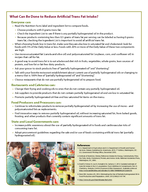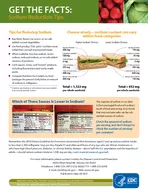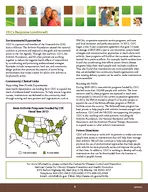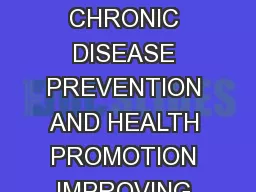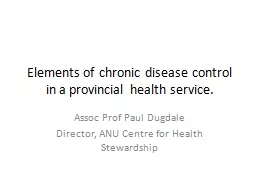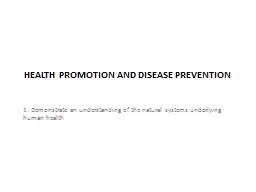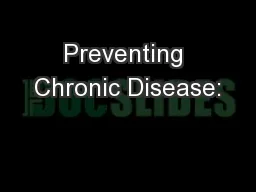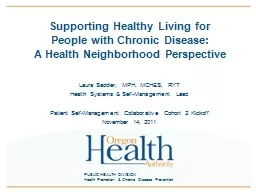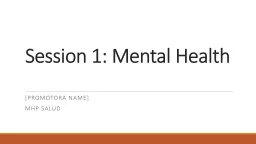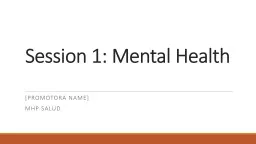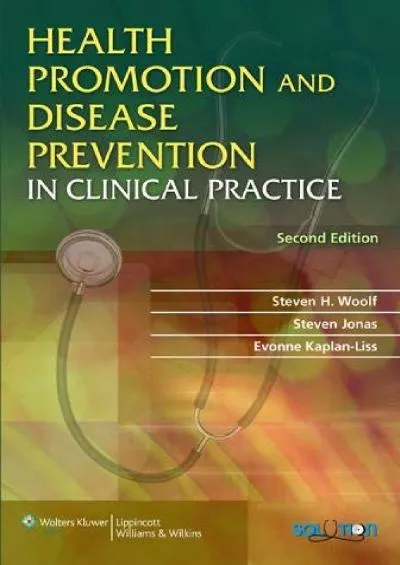PDF-National Center for Chronic Disease Prevention and Health Promotion D
Author : mary | Published Date : 2022-08-25
Chronic Obstructive Pulmonary Disease COPD among Adults in CALIFORNIA What Is Chronic Obstructive Pulmonary Disease COPD COPD is the name for a group of diseases
Presentation Embed Code
Download Presentation
Download Presentation The PPT/PDF document "National Center for Chronic Disease Prev..." is the property of its rightful owner. Permission is granted to download and print the materials on this website for personal, non-commercial use only, and to display it on your personal computer provided you do not modify the materials and that you retain all copyright notices contained in the materials. By downloading content from our website, you accept the terms of this agreement.
National Center for Chronic Disease Prevention and Health Promotion D: Transcript
Download Rules Of Document
"National Center for Chronic Disease Prevention and Health Promotion D"The content belongs to its owner. You may download and print it for personal use, without modification, and keep all copyright notices. By downloading, you agree to these terms.
Related Documents


